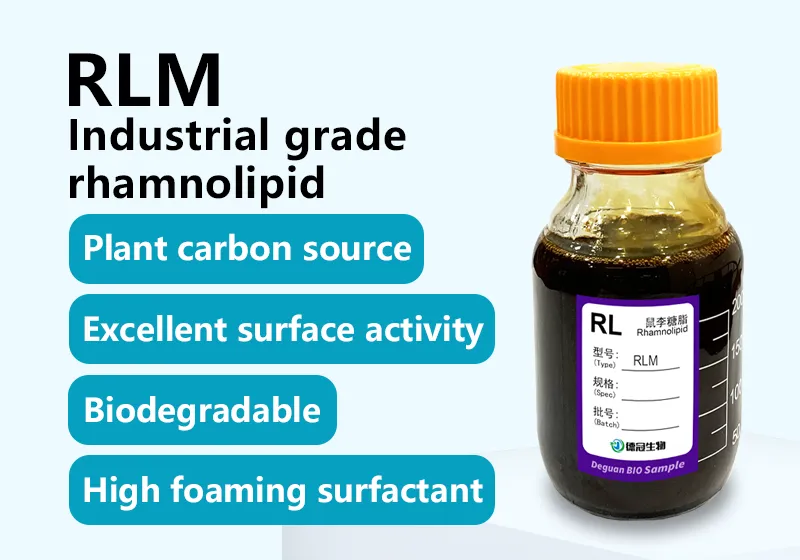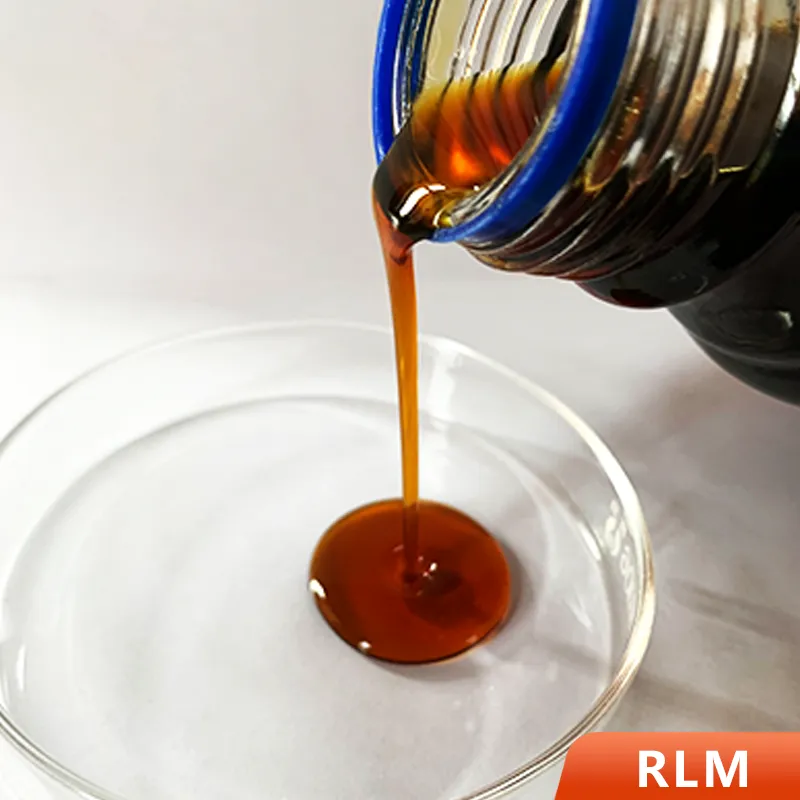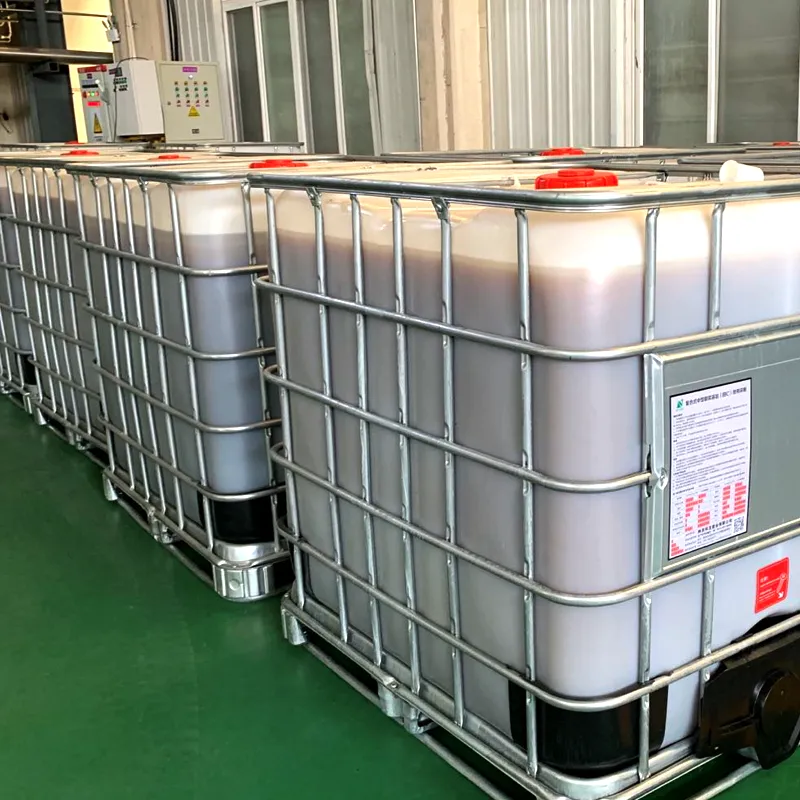Basic Information

Product model: RLM
Product appearance: Brown to black liquid
Effective substance content: ≥250g/L
Usage: Industrial fields and other general industries
Packaging specifications: 25kg、200kg、1000kg
Product Description


Rhamnolipid is a glycolipid biosurfactant synthesized and metabolized by Pseudomonas aeruginosa using food-grade vegetable oil as a carbon source through a fermentation process under certain conditions. RLM is a concentrated product obtained by crude purification and concentration of rhamnolipid fermentation broth. The product is easily soluble in water and most organic solvents, resistant to high temperatures and salts, and has strong foaming ability. It has excellent surface properties, is non-toxic, easily biodegradable, and environmentally friendly.
Physical and chemical indicators
Features
Rhamnolipid is a biosurfactant with excellent surface properties, which has the functions of reducing surface tension, emulsifying, wetting, decontaminating, and foaming. It can be used in oil exploration, pollution control, soil remediation, agriculture, feed and other fields. Its characteristics are as follows:
1) Excellent surface properties: A rhamnolipid solution with a concentration of 1‰ can reduce the surface tension to about 25mN/m. The CMC concentration of rhamnolipids is <20 mg/L.
2) Excellent foaming power: Using the national standard test method, the foam height of rhamnolipid can reach 951ml in 30s, and the foaming power remains at 852ml in 5min.
3) Good tolerance: It has been experimentally measured that rhamnolipid can withstand high temperatures of 150°C and salt concentrations of 100,000 mg/L, while still maintaining stable structure and performance. The national standard law evaluates its stability in hard water to level 3.
4) Safety and environmental protection: Rhamnolipid is rapidly biodegradable and the finished product does not contain heavy metals.
Precautions:
1) Do not expose the product to the environment for a long time and keep it as airtight as possible.
2) Cannot be used under the conditions of 10<pH<3.
3) Although the product can withstand high temperatures, it is still recommended that the optimal use temperature is between 10-80°C.
4) In industrial-grade products, fermentation by-product impurities sometimes precipitate, but the physical properties of the precipitates are relatively stable and will not affect performance.
